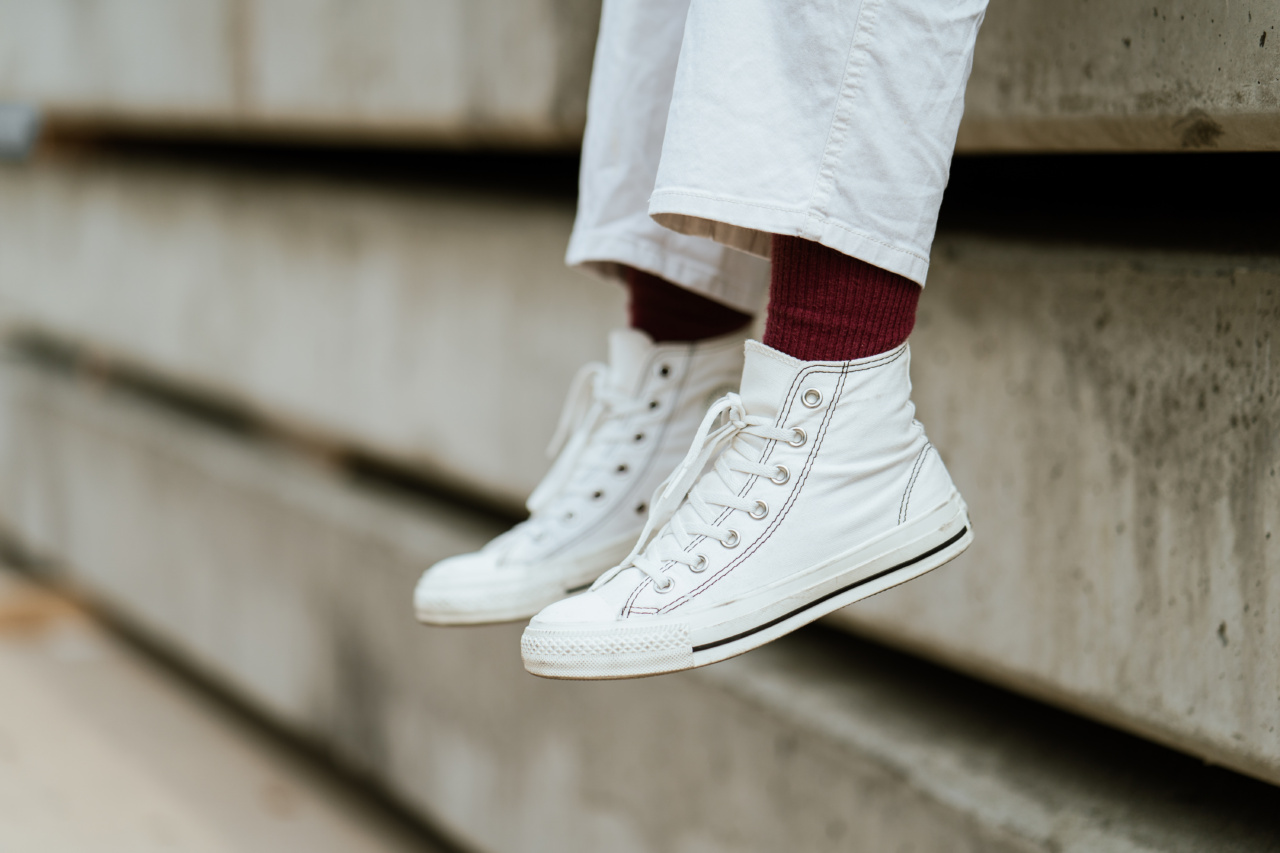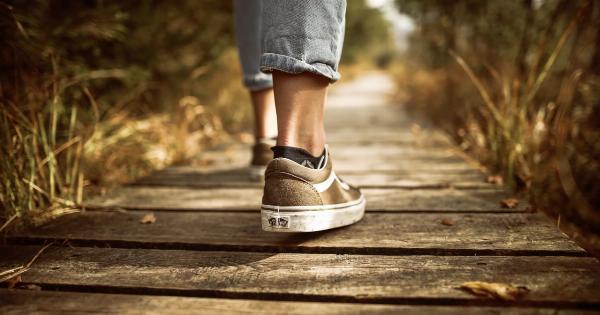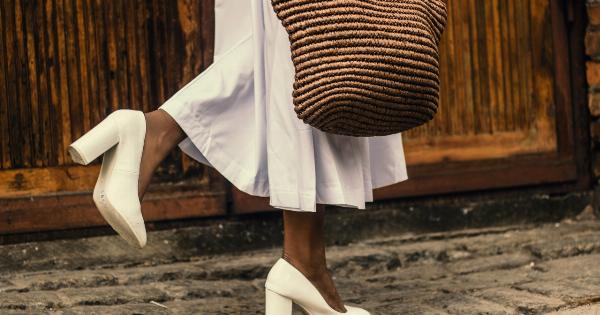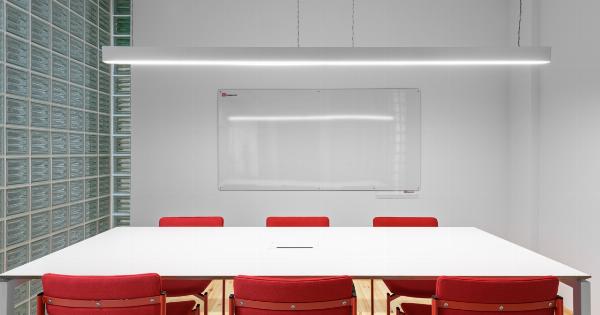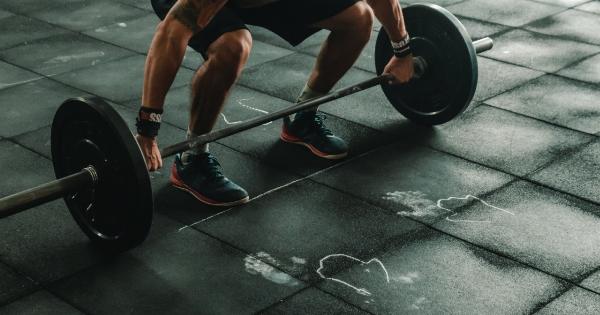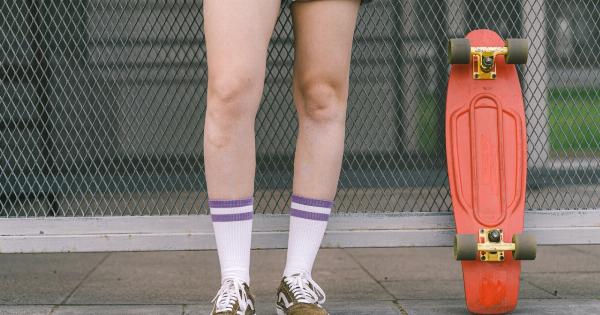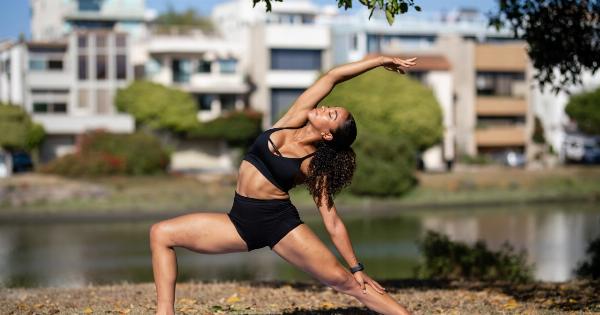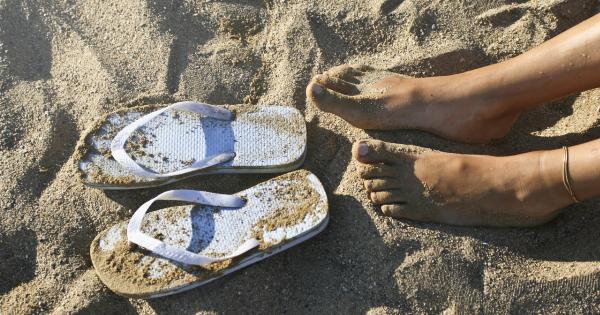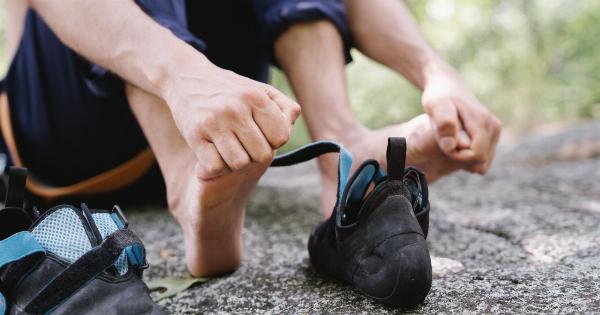Footwear is an essential part of our daily routine, and comfort is paramount. When our shoes are comfortable, we can go about our daily activities with ease and confidence. However, when our shoes cause discomfort or pain, it can ruin our day.
Therefore, it is important to know some tricks for finding comfortable shoes.
1. Shoe Fitting
The first step to finding comfortable shoes is getting the right size. Shoe sizes vary between brands, so it is important to ensure the shoe fits well by measuring both feet while standing.
The shoe should fit snugly around the heel, have enough room in the toe area, and have a comfortable width for your foot.
2. Arch Support
Arch support is essential in maintaining comfort throughout the day. Flat shoes with no support can put undue pressure on the feet and cause pain in the arch and heels.
Consider getting shoes with built-in arch support or investing in insoles for added comfort.
3. Cushioning and Padding
Shoes with proper cushioning and padding on the soles can minimize the impact on the feet when walking or standing for long periods. The cushioning can absorb shock, reducing the pressure on the feet and preventing injury.
4. Material Selection
The right material can make a big difference in the comfort of shoes. Leather or mesh shoes allow for breathability and airflow, reducing sweating and discomfort.
Additionally, shoes with stretchy materials can adjust to your foot shape, providing a better fit and added comfort.
5. Heel and Toe Space
Feet swell throughout the day, so having enough space for the toes and heels is crucial. Tight shoes or those with narrow toe boxes can cause blisters, corns, and other foot problems.
Shoes with enough wiggle room can minimize pressure on the toes, reducing discomfort and preventing foot deformities such as bunions.
6. Style Selection
The style of the shoe plays an essential role in comfort. High heels, for instance, can be very uncomfortable and painful, especially if worn for extended periods.
Low to medium heels are more practical for daily wear and can provide adequate foot support. Additionally, consider shoes with straps or laces that can provide added support.
7. Break-in period
New shoes require a break-in period to adapt to the foot. Wearing them for a few hours per day can help stretch the material and mold it to the shape of your foot.
Gradually increasing the length of time you wear them can also help reduce discomfort and pain.
8. Shoe Rotation
Rotating shoes can also help reduce discomfort. Wearing the same pair of shoes every day can cause repetitive-motion injuries and pain. Changing shoes every other day can give the feet a break and prevent discomfort and pain.
9. Professional Fitting
Some shoe stores offer professional fitting services, ensuring that the shoe fits well and provides enough support and comfort.
Taking advantage of these services can guarantee that you buy shoes that are not only comfortable but also promote foot health.
10. Regular Foot Maintenance
Keeping your feet healthy and strong can also enhance comfort when wearing shoes.
Regular foot maintenance practices such as soaking the feet in warm water, using exfoliating scrubs, and moisturizing the feet can prevent dryness, cracking, and other foot problems.
